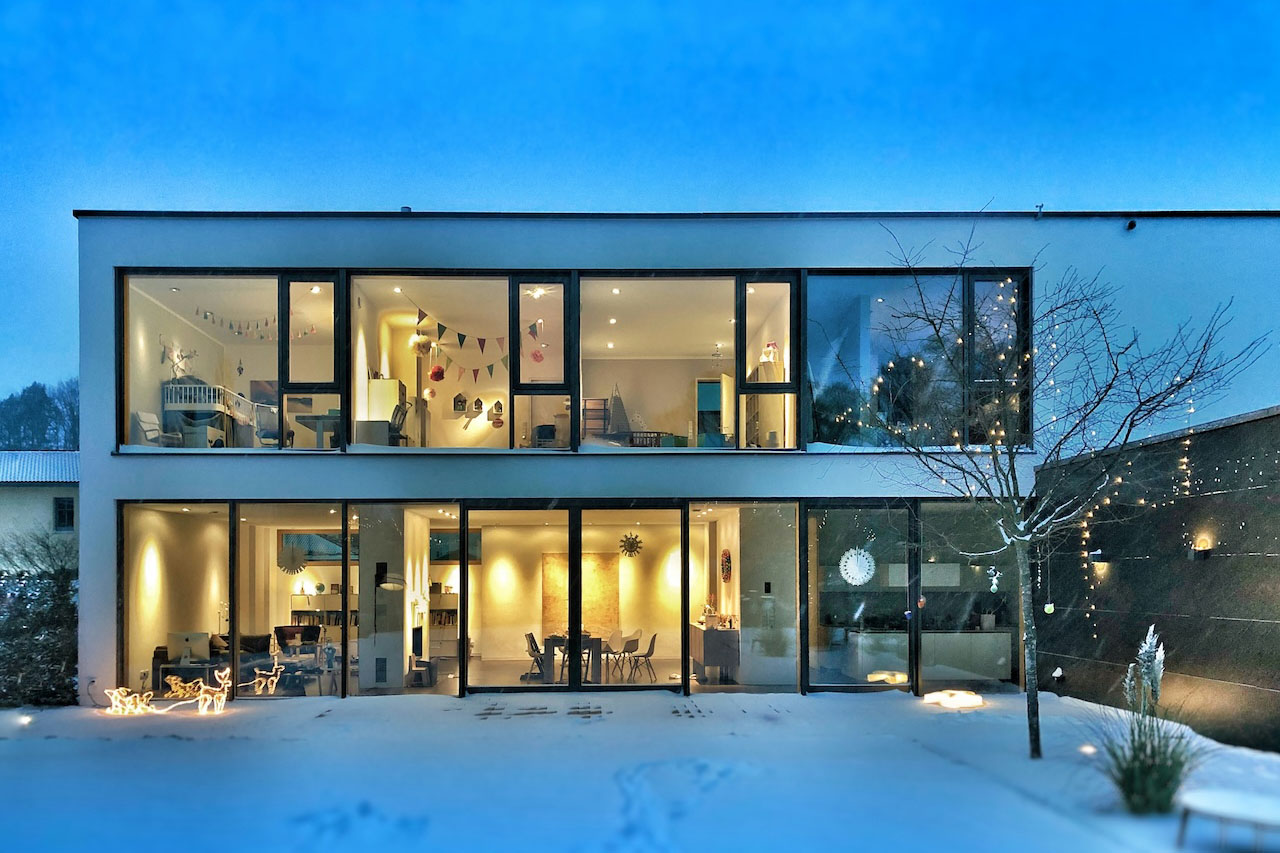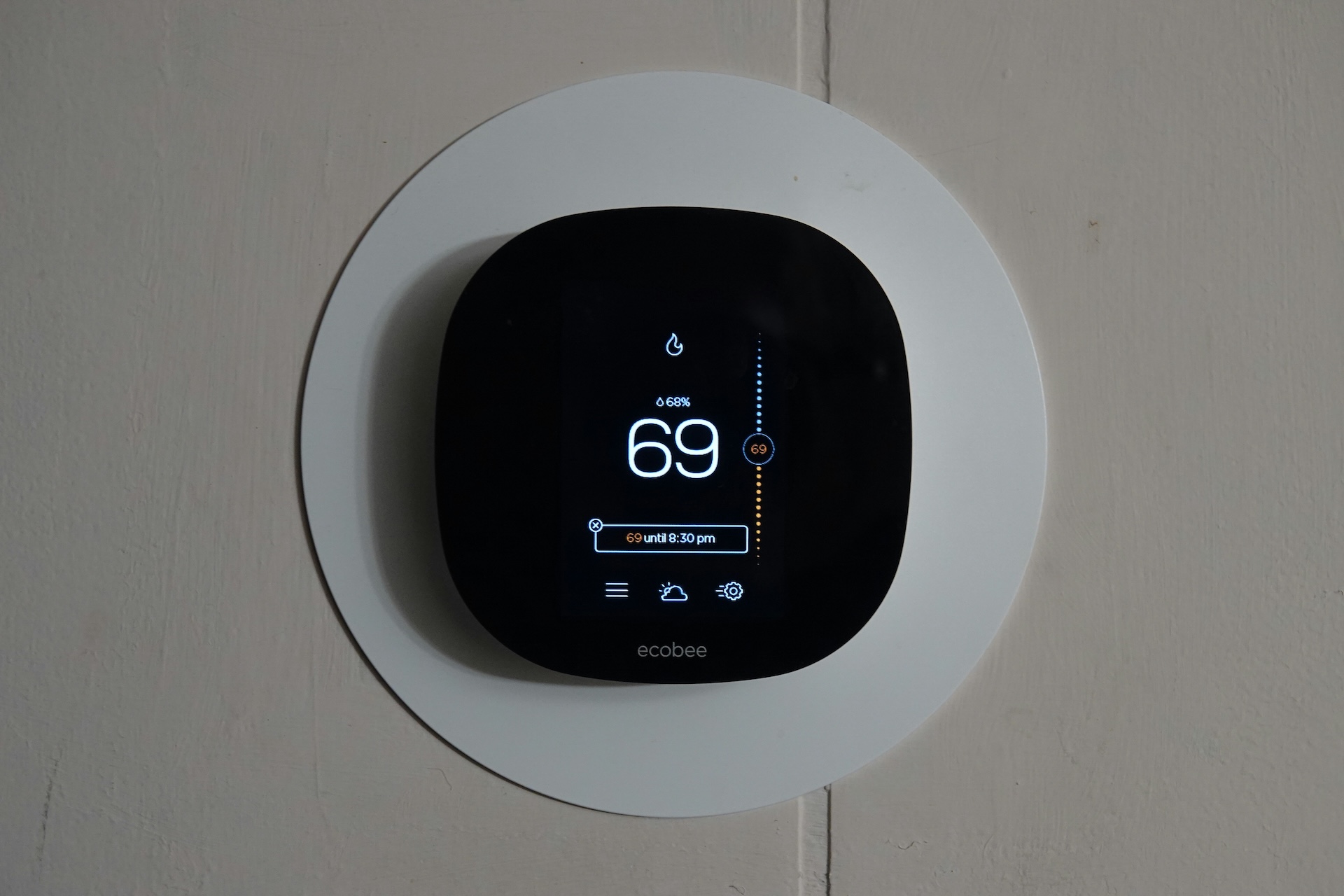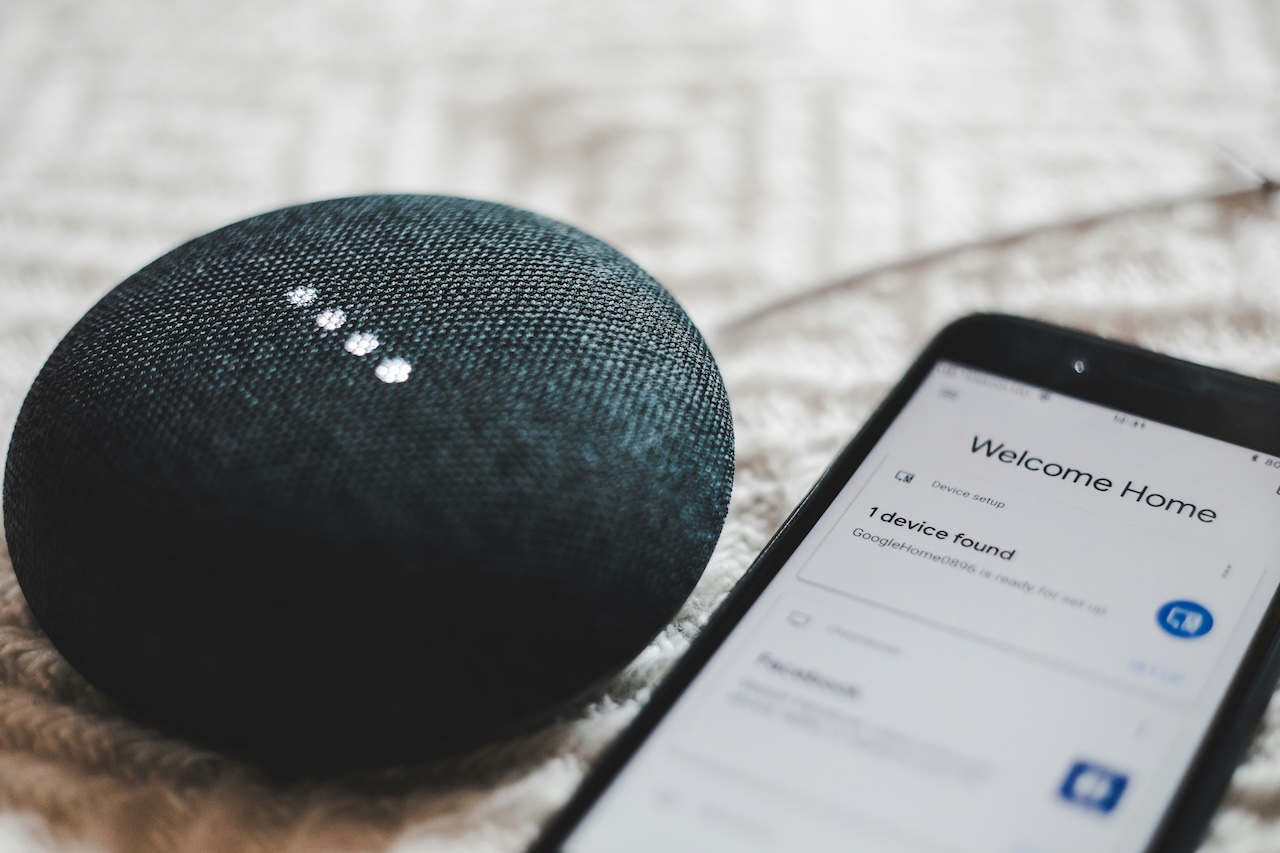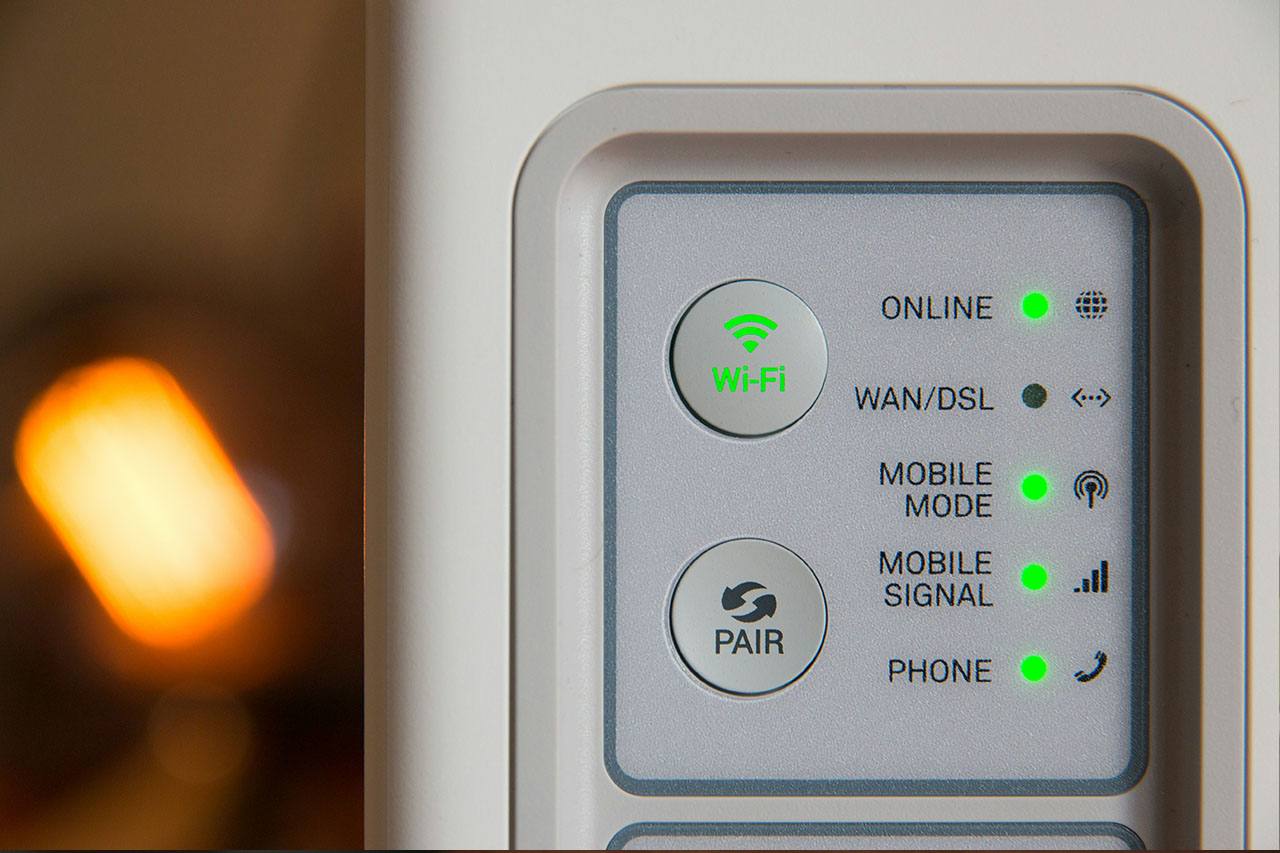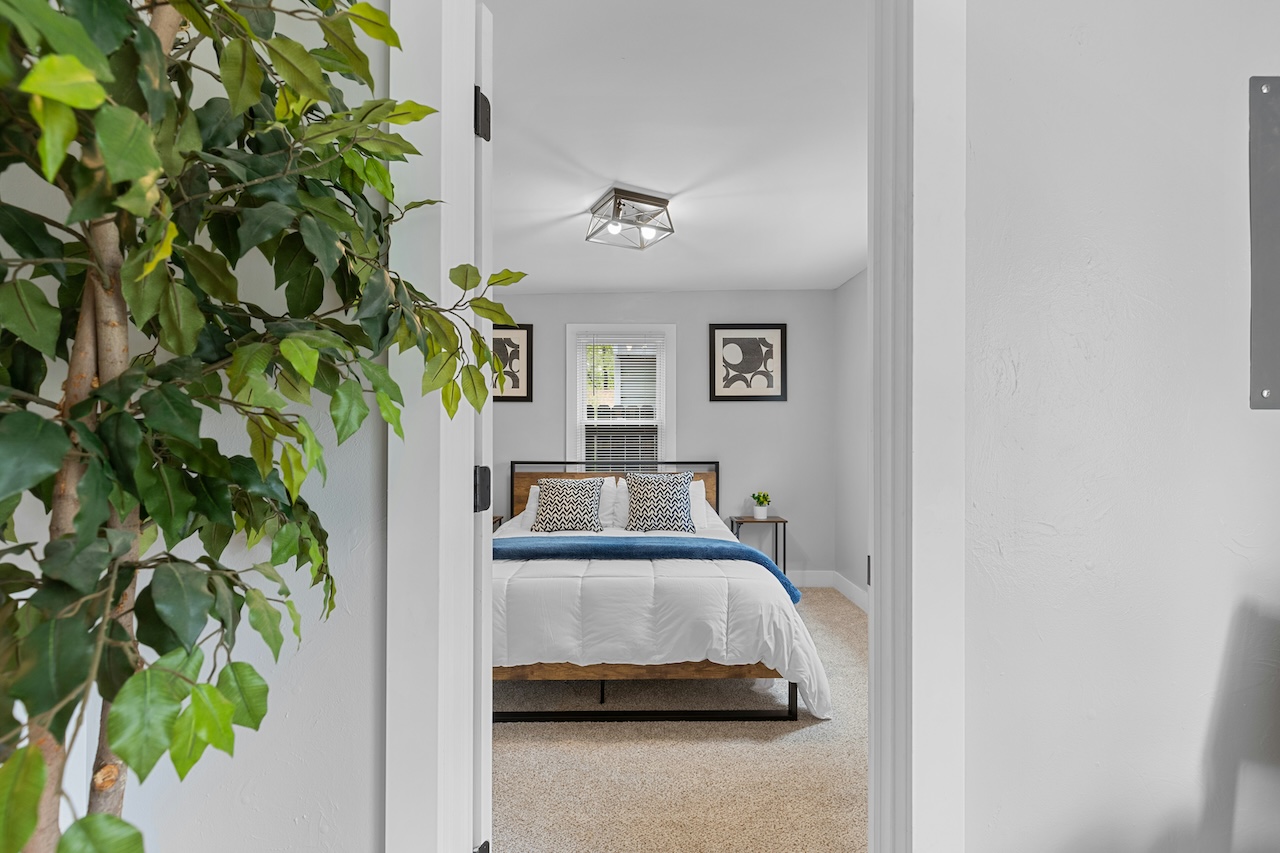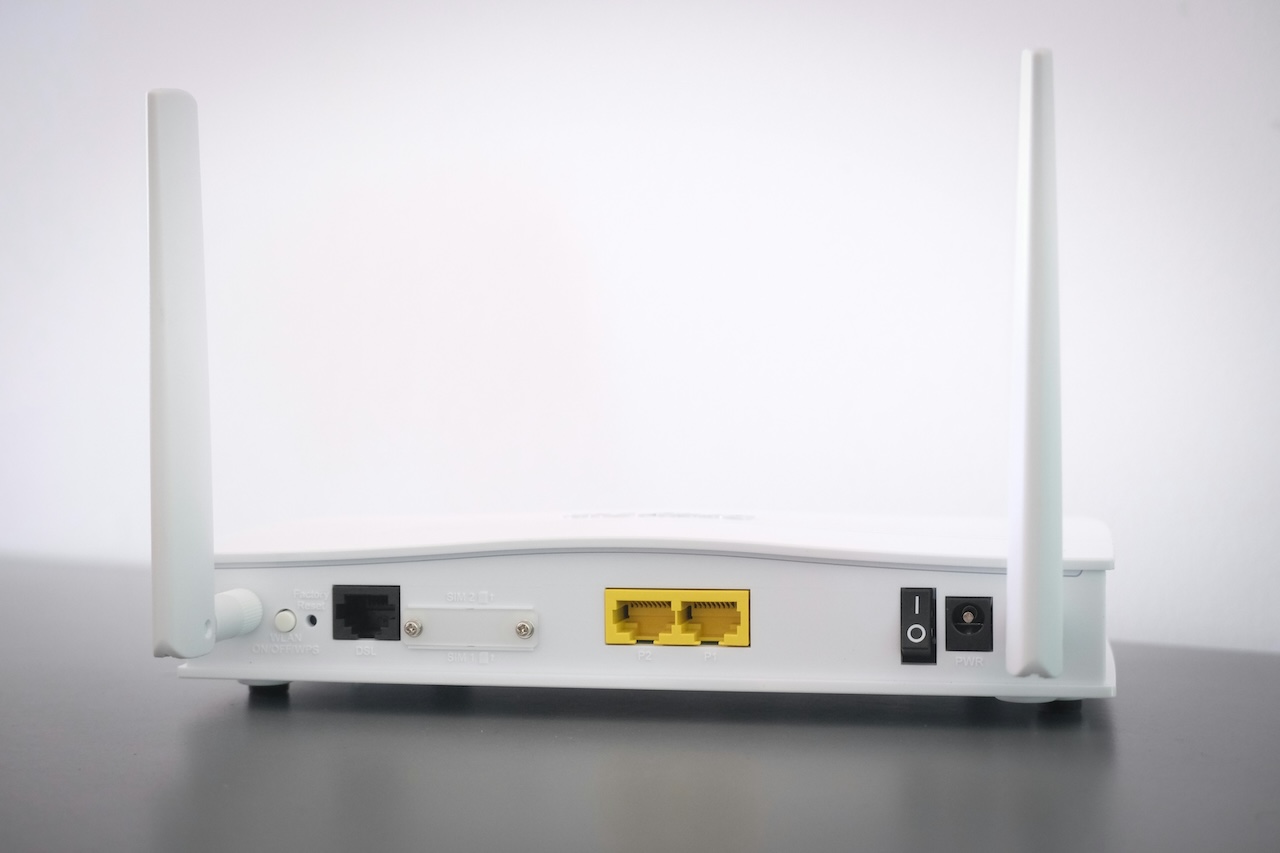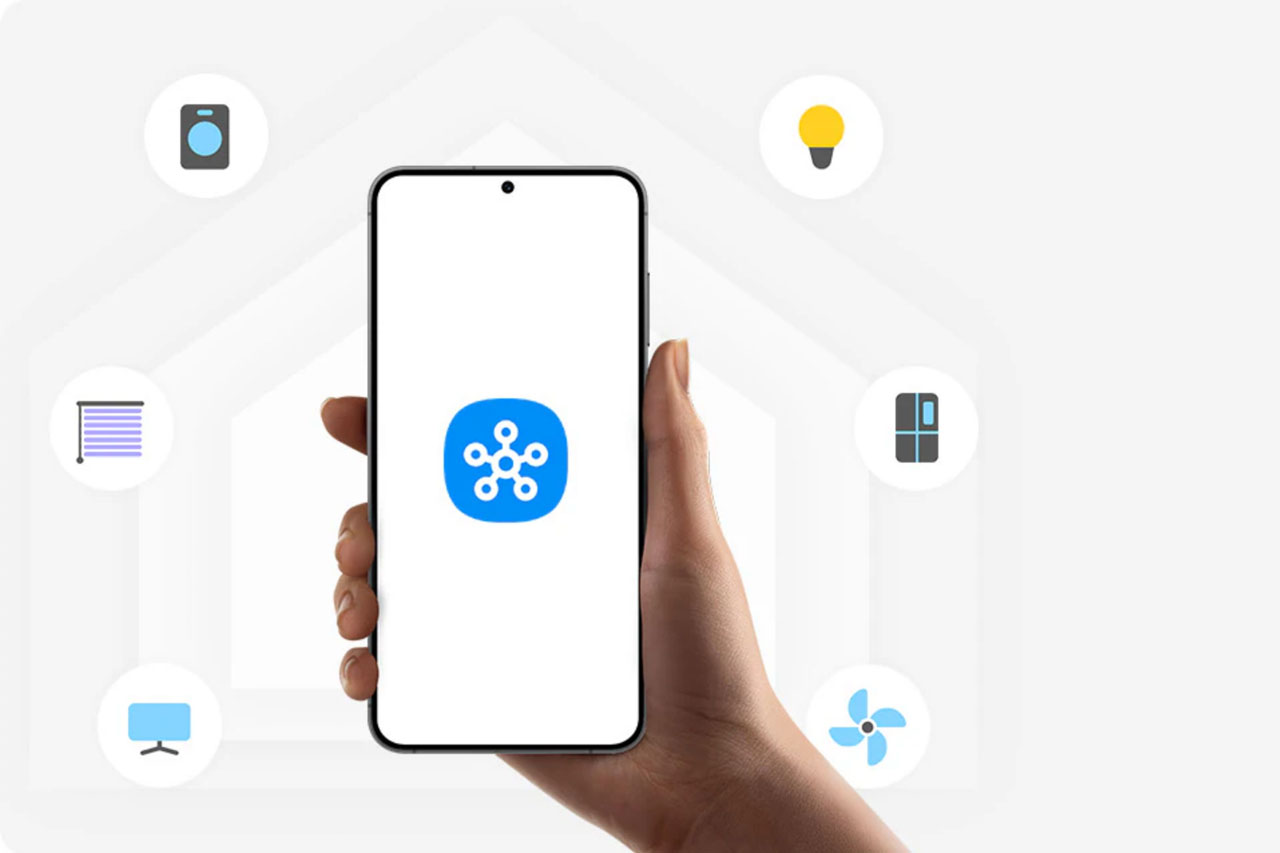As smart home technology continues to evolve, choosing the right platform for managing your devices becomes increasingly important. Three popular options are SmartThings, Hubitat, and Home Assistant.
TLDR: Each platform has its unique strengths and weaknesses, here is a quick summary of their differences:
- SmartThings is perfect for beginners seeking a user-friendly and compatible system with quick setup and straightforward functionality. It provides a great entry point into the world of smart homes, fostering easy integration with numerous devices.
- Hubitat appeals to users who prioritize local control, low latency, and robust automation capabilities while being comfortable with a more technical understanding. It’s well-suited for smart home enthusiasts who want to create complex automations and require a reliable system that operates independently from the cloud.
- Home Assistant is ideal for tech-savvy users who are looking for unparalleled customization and advanced automation options. While it comes with a steeper learning curve, it offers endless possibilities for control and integration, making it an excellent choice for those who enjoy tinkering and have a passion for technology.
Diving in a little deeper, let’s look at these three smart home ecosystems based on key factors: compatibility, control, automation, user experience, and community support.
- SmartThings: SmartThings boasts a vast array of compatible devices due to its extensive partnerships with manufacturers. The Aeotec Smart Home Hub Gen 3 supports Zigbee, Z-Wave, Wi-Fi, Matter and Thread devices, allowing users to integrate everything from smart bulbs to sensors. Its wider compatibility to various devices & manufacturers makes it a great choice for beginners looking to build a smart home quickly.
- Hubitat: Hubitat also supports Zigbee and Z-Wave devices and boasts compatibility with a wide variety of brands. However, it tends to favor local control over cloud-based solutions, which may limit some third-party integrations that rely on cloud connections. Hubitat’s focus on local operations helps reduce latency and improves reliability.
- Home Assistant: Home Assistant offers extensive compatibility with thousands of devices and platforms, often surpassing the others in integration options. It can connect to devices via various protocols, including MQTT, Zigbee, and Z-Wave, but many integrations require technical knowledge to set up (as well as additional radios, etc).
- SmartThings: The SmartThings app provides a user-friendly interface, suitable for users of all technical backgrounds. It allows intuitive device control and management, ideal for those who prefer an easy-to-navigate app. However, reliance on cloud services means that some features may be slow or unavailable during internet outages.
- Hubitat: Hubitat features a more technical interface, which can be daunting for beginners. However, its dashboard allows for extensive customization, enabling users to create tailored control systems. The advantage of local processing means faster response times and greater reliability.
- Home Assistant: Home Assistant’s interface is highly customizable, allowing users to create personalized dashboards. While the setup can be complex, the level of control and flexibility it offers is unmatched. Users can automate virtually anything, but it requires a steep learning curve for beginners.
- SmartThings: The automation options in SmartThings are adequate for most users, with support for routines, scenes, and basic conditional automations. It also integrates seamlessly with products like Rental Home Automator to handle the more complex automations & connections.
- Hubitat: Hubitat excels in local automations, allowing for real-time responses without cloud dependency. Its rule engine is powerful and enables users to create complex automations based on various conditions and triggers, making it a favorite among enthusiasts.
- Home Assistant: Home Assistant offers the most robust automation capabilities. With YAML scripting, users can create intricate automations, control multiple devices, and integrate external services. This flexibility attracts technically savvy users who want complete control over their smart home.
- SmartThings: Ideal for beginners, SmartThings offers a straightforward setup process and a guided app interface. Users can easily add devices and create basic automations without extensive technical knowledge.
- Hubitat: While Hubitat can provide a great user experience for seasoned users, it may feel overwhelming for newcomers. Understanding its unique features and dashboards requires some time and investment in learning.
- Home Assistant: Home Assistant is best suited for users who enjoy tinkering and have a strong interest in technology. Its extensive customization and setup options provide amazing flexibility but require a deep understanding of the platform.
- SmartThings: SmartThings has a large user base and a wealth of online resources, including forums and tutorials, making it easy to find help for common questions.
- Hubitat: Hubitat has a dedicated community of users and official forums where enthusiasts can exchange ideas and solutions. However, its community is smaller compared to SmartThings.
- Home Assistant: Home Assistant boasts one of the most active and supportive communities in the smart home space. There are extensive online resources, forums, and documentation to help users navigate the complexities of the platform.
In summary, assessing your requirements, expertise, and the desired level of automation will help guide your decision. Each platform has its unique strengths, and considering these factors will ensure you choose the best smart home ecosystem that fits your lifestyle and requirements.
Rental Home Automator currently supports SmartThings, but we plan to add support for other smart home ecosystems this year. Feel free to contact us if you have questions or request an integration if you’re itching to use our software with another ecosystem!
Ready to get your devices working for you? Start your 14-day free trail of Rental Home Automator

